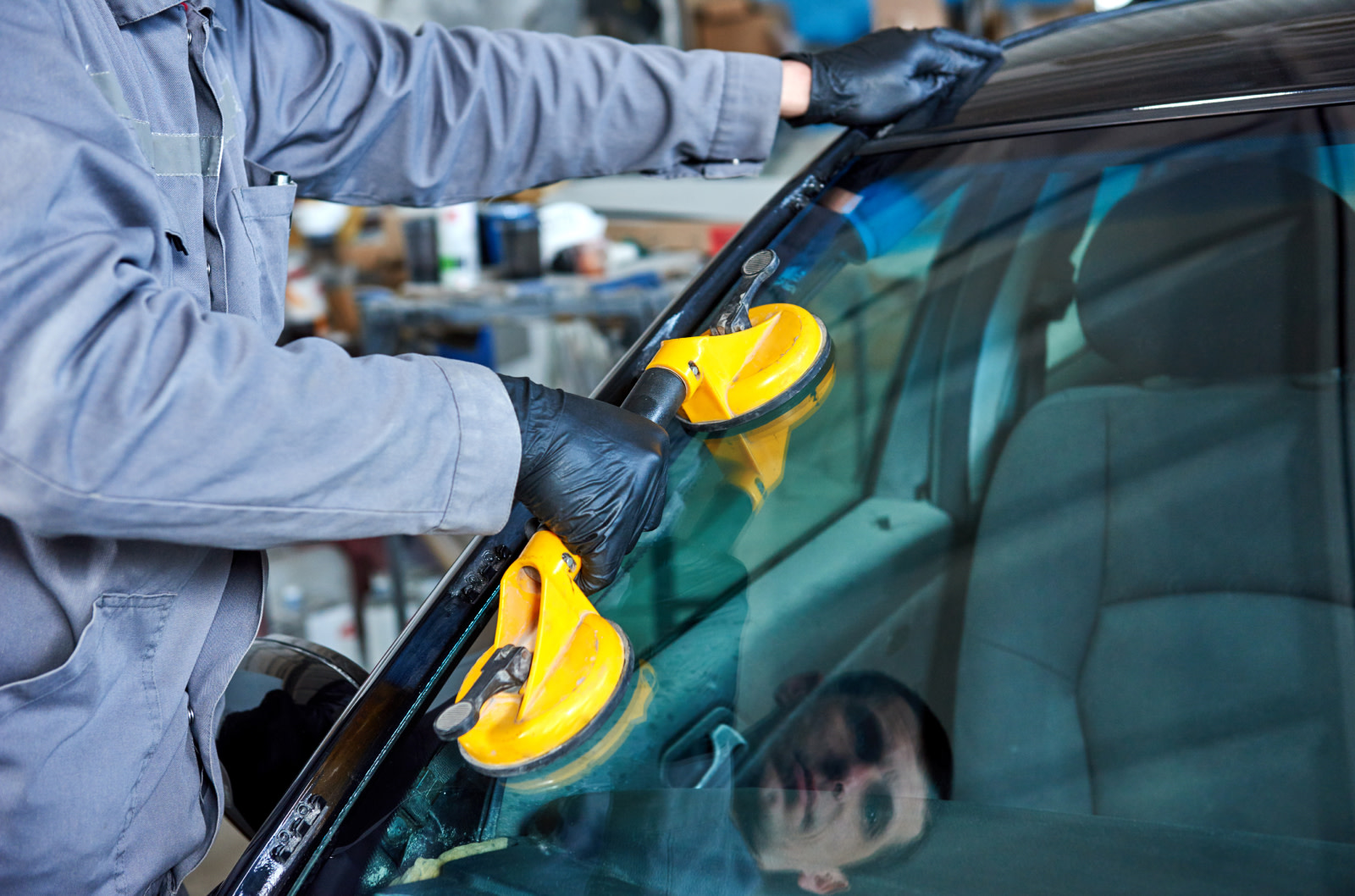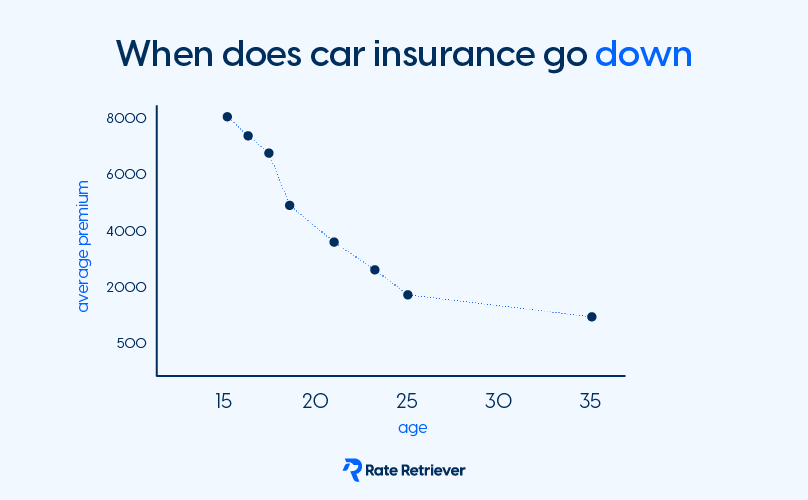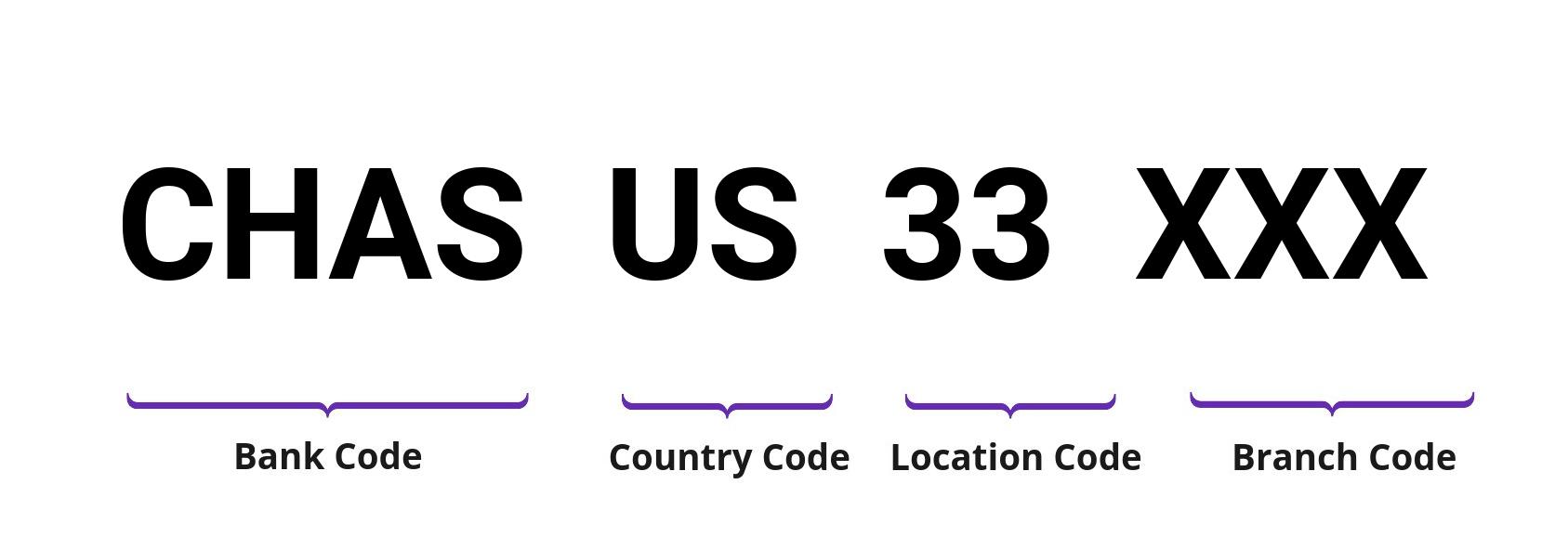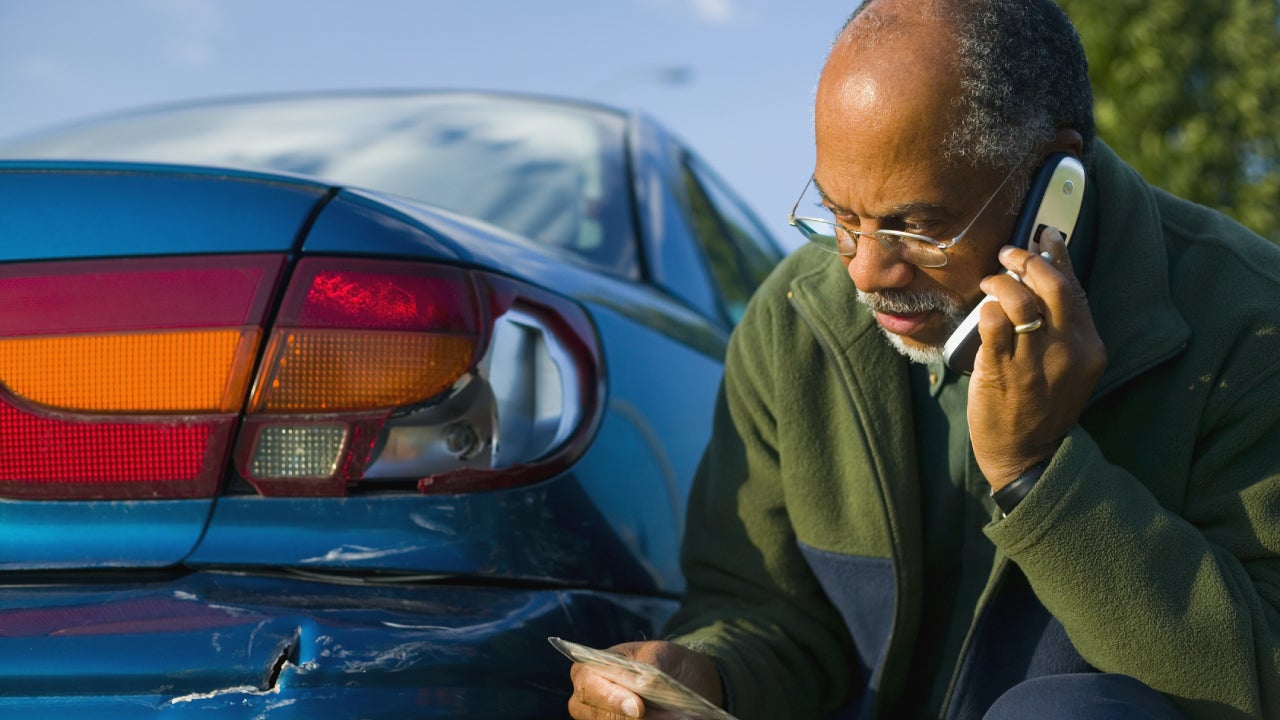Selling a classic car can feel like a daunting process, but with the right preparation, research, and strategy, it can be both rewarding and profitable. Whether you’re a seasoned collector or a first-time seller, understanding how to present, price, and market your vehicle is key.
Key Takeaways
- Preparing your classic car with proper maintenance and cosmetic improvements can significantly increase its value.
- Accurately researching your car’s make, model, and current market trends helps you set the right asking price.
- Choosing the right selling method, from online marketplaces to auctions, maximizes your chances of a successful sale.
Step 1: Prepare Your Classic Car for Sale
Before listing your car, it’s essential to make it as attractive as possible to buyers.
Inspect Your Car
Start with a thorough inspection. Examine the exterior for scratches, chips, fading paint, and rust in areas like wheel arches, door sills, and undercarriage. Check for any dented or misaligned body panels.
Inside the car, inspect upholstery for stains or sagging and ensure the dashboard and controls are fully functional and crack-free.
Keep Up on Maintenance
Buyers want confidence that your vehicle is reliable. Keep records of recent maintenance, and make necessary repairs. This documentation reassures buyers and can increase your car’s resale value.
Detail Your Vehicle
A clean car sells faster and often at a higher price. A professional detailing job—including the engine and undercarriage—can be a worthwhile investment. Even a thorough DIY detail can make a significant difference.
Take Professional Photos
High-quality images are crucial. Hagerty, a leading classic car insurance provider, suggests:
- Choosing the right time of day and weather for optimal lighting.
- Picking a location with minimal distractions and level ground.
- Maintaining distance (about 10 feet) to avoid distortion.
- Taking both photos and videos to showcase dimensions, engine sound, and condition.
- Capturing multiple angles: exterior, interior, engine compartment, and undercarriage.
Step 2: Determine Your Asking Price
Pricing your classic car accurately is crucial. Consider:
- Make and model
- Condition
- Market trends
- Your motivation to sell
Use tools like Hagerty Valuation Tools to get an estimated price range. Additionally, research listings on platforms like AutoTrader Classics and ClassicCars.com.
Hiring a professional appraiser is another option, especially for rare or high-value vehicles. They will consider originality, quality, market demand, and cultural significance.
Pro Tip: You can sell cars needing work—just be transparent. Deduct estimated repair costs from your asking price to set fair expectations.
Step 3: Choose a Selling Method
Dealers and Brokers
Classic car dealers and brokers can manage the sale for you. Dealers often have showrooms, while brokers leverage market knowledge to find buyers. Both charge fees or take a cut of the profit.
Online Marketplaces
Websites like Hagerty Marketplace specialize in classic cars, while others like Craigslist or Facebook Marketplace can also be effective. Evaluate each platform for:
- Listing qualifications
- Process and fees
- Audience size
- Seller protection options
Auctions
Live or online auctions can attract serious buyers, sometimes internationally. Rare cars in excellent condition may sell above your reserve price. However, auctions come with risks: lower-than-expected bids, auction fees, and potential shipping costs.
Car Shows
Car shows can be ideal for meeting enthusiasts and buyers directly. Check show rules, reserve space, and prepare flyers detailing your car’s make, model, condition, price, and contact info.
Classified Ads
Print and online classified ads can work well. Specialty publications focused on your car type may produce better leads than general classifieds.
Step 4: Complete the Sale
Once you have a buyer, ensure you receive secure payment. After payment:
- Create a bill of sale
- Transfer the title
- Deliver the vehicle as agreed
For added guidance, visit NADA Guides for a comprehensive overview of selling vehicles.
Selling a classic car requires attention to detail, proper research, and choosing the right sales channels. By preparing your car, setting the right price, and marketing effectively, you can achieve a successful sale and enjoy the satisfaction of finding the right new owner for your beloved vehicle.





























